Nikon CoolPix S3000 Review
Nikon CoolPix S3000
Nikon's latest ultra-compact is very, er...well, compact.
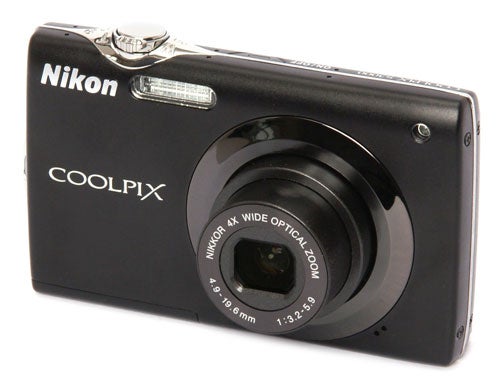
Verdict
Key Specifications
- Review Price: £92.73
I’ve already looked at some of the higher-end models of Nikon’s current digital camera range, including the P100 super-zoom, the L110, also a superzoom, and the cheap but relatively cheerful L22, a AA-powered 12-megapixel compact. However it’s been a while since I saw any of the more stylish S-series cameras. In fact the last ones that I looked at were the S640 and S570 ultra-compacts, back in January. Nikon has recently launched a number of new models, including today’s camera, the CoolPix S3000, a tiny 12-megapixel ultra-compact with a 4x zoom lens.
The CoolPix S3000 is a type of camera that Nikon has always done well, a simple, easy-to-use point and shoot camera aimed at casual and social photographers. It’s a pretty little thing, and is available in a range of seven colours including champagne silver, magenta, green, blue, orange, red and the rather more sober matt black seen here. It is an exceptionally small camera, measuring just 94.3 x 55.9 x 19.0mm, making it slightly longer but a couple of millimetres thinner and less tall than the S570. It is also very light, weighing only 116g including battery and memory card. Nonetheless the build quality is excellent, with an attractive and well-finished all-metal body. The rounded shape and flush-folding lens make it an ideal choice for slipping into a pocket or handbag for a night out.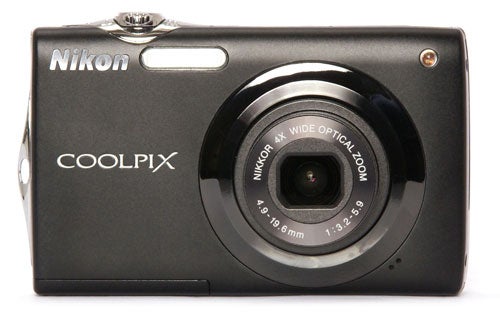
The S3000 is essentially what you would get if you were to cross the CoolPix S570 with the older S225. It only has a 4x zoom lens instead of the 5x glass on the S570, and there are a few cosmetic differences, but other than that the specification is virtually identical. The S3000 is quite a cheap camera, currently selling for around £90, so one shouldn’t expect too much from it, but for the price you get a well made and stylish camera with the extra cudos of the Nikon badge.
Nikon has been designing cameras for a few years now (over 60 in fact), and has become quite good at it. Despite its tiny dimensions the S3000 handles well. The control layout is uncluttered, with decent-sized buttons and a nice responsive D-pad, leaving plenty of room to grip the camera. However for some reason best know to themselves the designers have chosen to forgo the usual well-labelled controls and instead have taken a page out of Samsung’s very poorly translated book and given all the controls engraved silver-on-silver symbols that are hard enough to see in good light, and are almost invisible in lower light.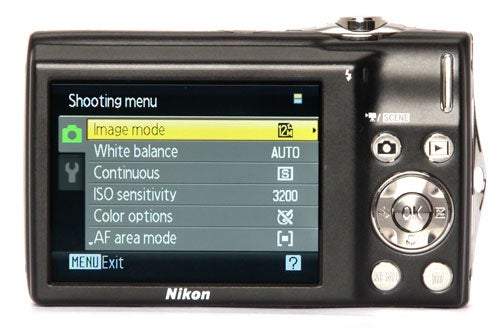
The S3000 is a very simple camera designed for ease of use rather than creative versatility. It has only five main shooting modes; auto, scene mode (with 17 scene programs), smart portrait mode, subject tracking and video recording mode. Unlike almost every other compact camera launched in the last six months the S3000 does not have HD video recording, and is instead limited to 640 x 480 VGA resolution at 30fps with mono audio. The video quality is fairly poor, as is the sound quality, but it’s unlikely anyone will be buying this camera to shoot video anyway.
The S3000 also has no mechanical image stabilisation, relying instead on the less effective digital stabilisation and higher ISO settings to avoid camera shake. Given the relatively short focal length of the lens this isn’t really a problem.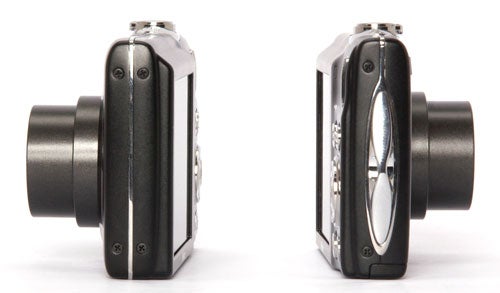
The main menu has only two pages, and the second has only one item on it. That’s a total of seven things that can be adjusted, including image size, white balance, drive mode, ISO setting, autofocus mode and area, and a very limited selection of colour options. At least Nikon hasn’t bothered to include an “easy” mode with even fewer options, probably because they couldn’t make it much simpler without replacing the entire camera with a piece of paper and some crayons.
The S3000’s overall performance is somewhat uninspiring, but about average for a camera in this price category. It appears to start up in just under two seconds, but in fact it’s nearer four seconds before it’s ready to take a picture. In single-shot mode its shot-to-shot time is approximately 2.5 seconds, which isn’t too bad, while in continuous mode it can manage a shot every 1.3 seconds, although there is no audio signal to indicate when a shot is taken and the monitor view is frozen between shots.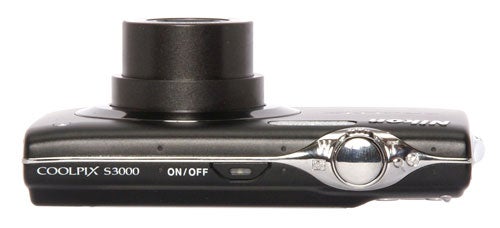
The autofocus is accurate and reliable, although it’s not particularly quick. Low light focusing has some room for improvement, taking several attempts to focus in dim room lighting, and even then taking nearly two seconds. However it does have a good AF assist lamp so it can (eventually) focus even in very low light.
Image quality is surprisingly good for the price, particularly noise control. Images up to 200 ISO are virtually noise-free, and even at 400 colour gradients are fairly smooth. There is some noise at 800 ISO, but the results are quite printable. 1600 and 3200 ISO are very noisy, but this is nearly always the case.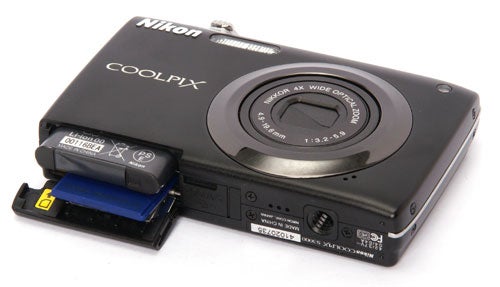
Unlike a lot of recent cameras the S3000 has no digital distortion correction, so at wide angle there is a lot of barrel distortion and even a bit of chromatic aberration towards the corners, but overall sharpness is good right across the frame. Colour reproduction is very natural, and exposure is generally reliable, but as usual dynamic range is very limited, and the S3000 has no contrast booster function to help with this.
”’Verdict”’
The Nikon CoolPIx S3000 is a good low-cost ultra-compact. It’s a bit short on features and the performance is distinctly mediocre, but it is well made, very easy to use and looks good in whatever colour you choose. Image quality is good for the price.
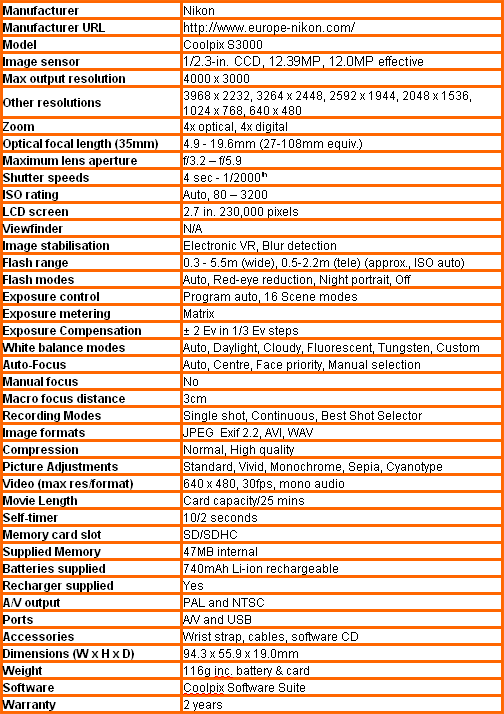
”Over the next few pages we show a range of test shots. On this page the full size image at the minimum and maximum ISO settings have been reduced to let you see the full image, and a series of full resolution crops have taken from original images at a range of ISO settings to show the overall image quality. These pictures were taken indoors using shaded natural light. ”
—-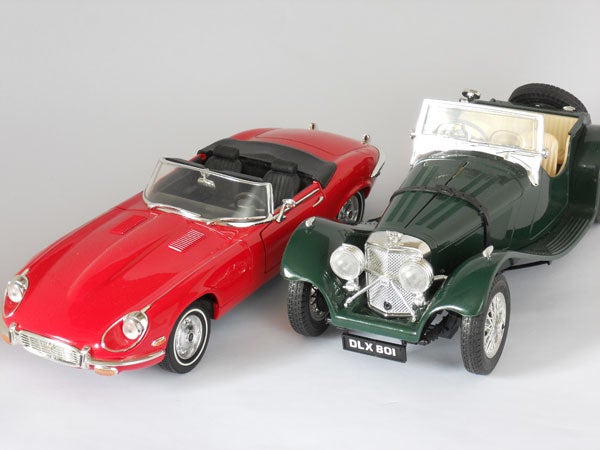
This is the full frame at 80 ISO.
—-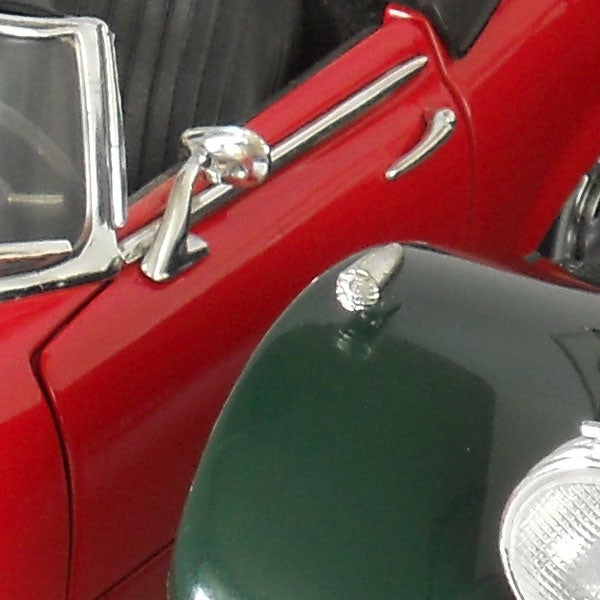
Image quality at 80 ISO is very good.
—-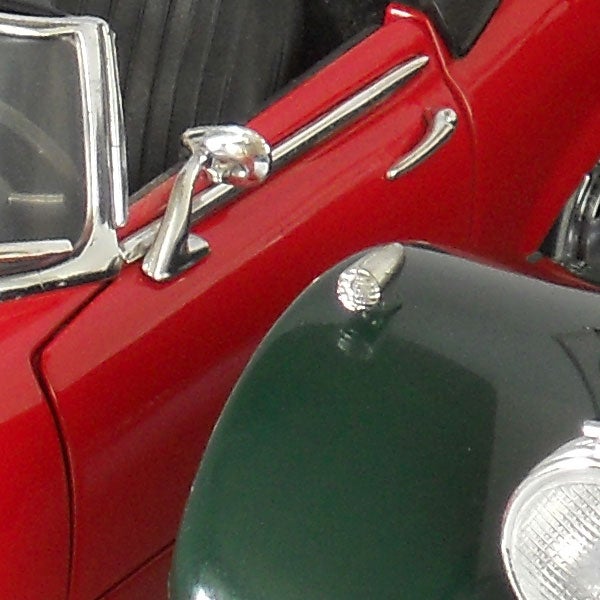
Virtually unchanged at 100 ISO, unsurprisingly.
—-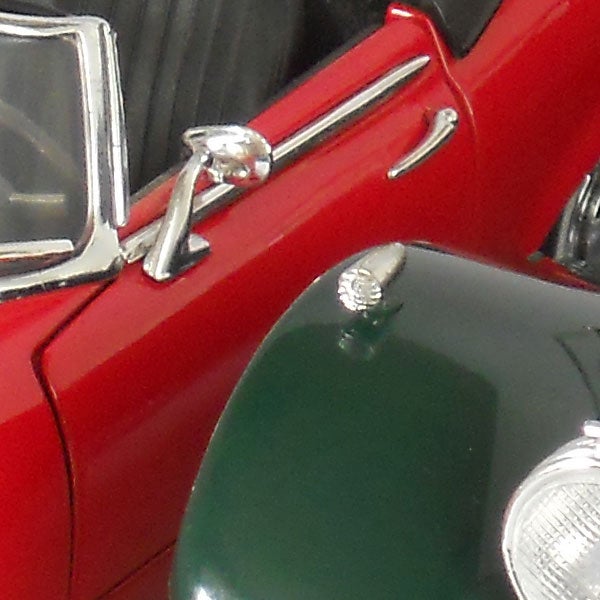
Still no noise at 200 ISO.
—-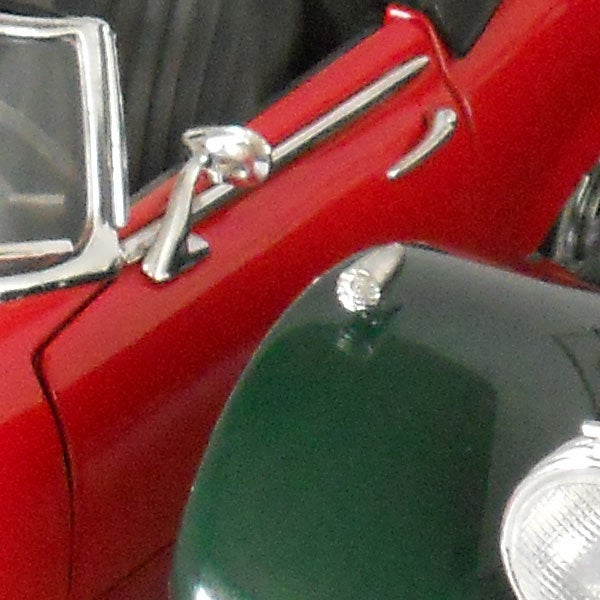
Noise is visible at 400 ISO but the overall quality is still very good.
—-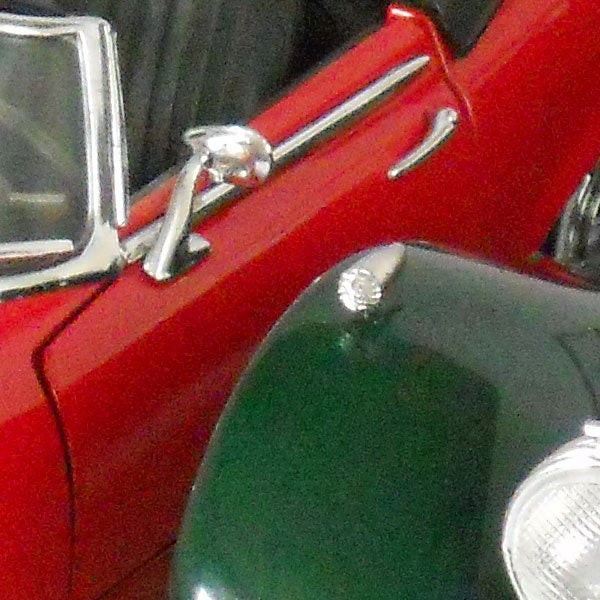
More noise at 800 ISO, but colour remains good.
—-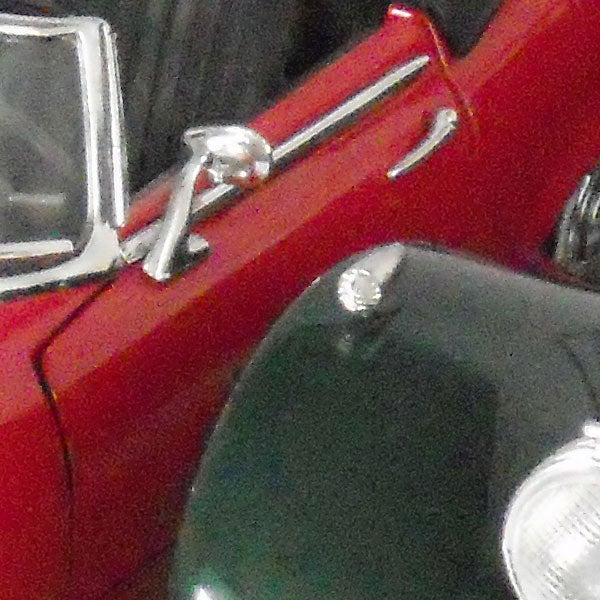
1600 ISO is getting a bit too noisy.
—-
At 3200 ISO you can barely hear yourself think.
—-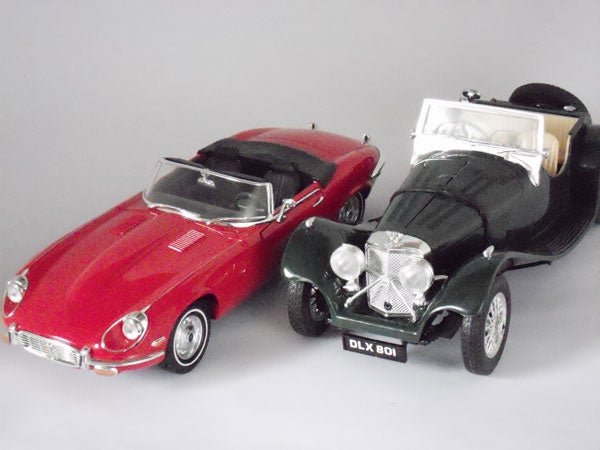
This is the full frame at 3200 ISO.
—-
”A range of general test shots are shown over the next two pages. In some cases, the full size image has been reduced for bandwidth purposes, and a crop taken from the original full resolution image has been placed below it to show the overall image quality. Some other pictures may be clicked to view the original full-size image.”
—-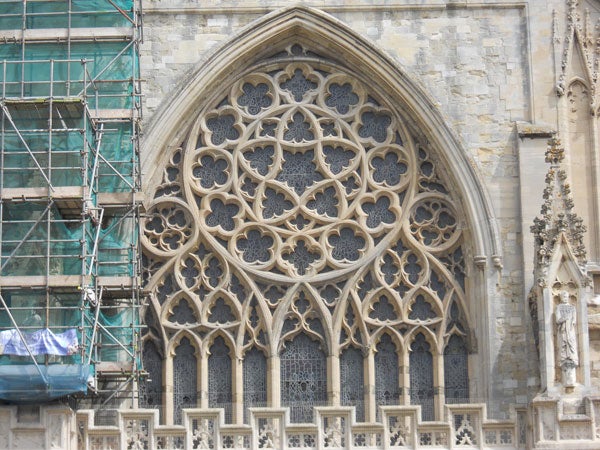
Here’s the usual detail test shot of the West Window of Exeter Cathedral, for you to compare with other cameras. See below for a full res crop, or click to see the whole picture. File size 5.7MB.
—-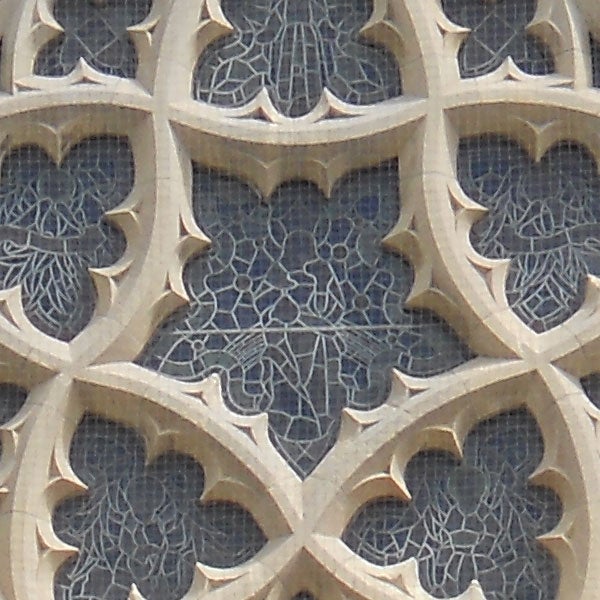
While there is plenty of detail there is also a lack of contrast and some compression problems.
—-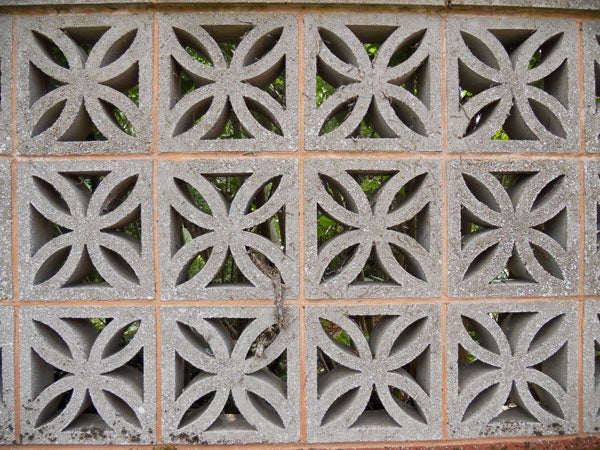
No digital correction, so the lens shows considerable barrel distortion at wide angle.
—-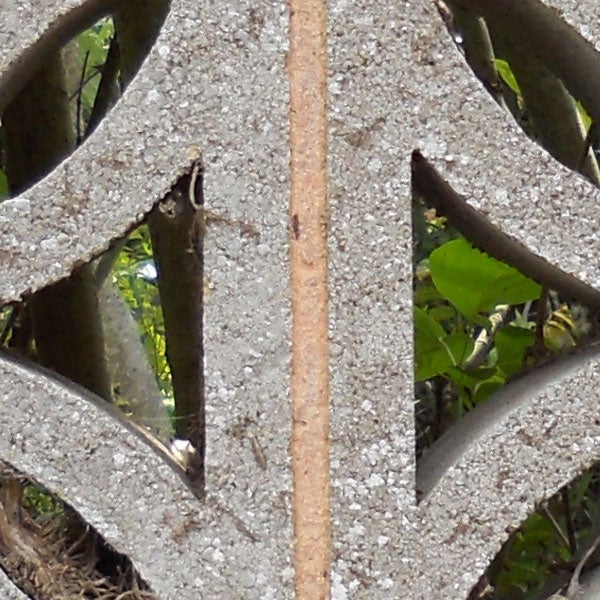
Centre sharpness is adequate, although no brilliant.
—-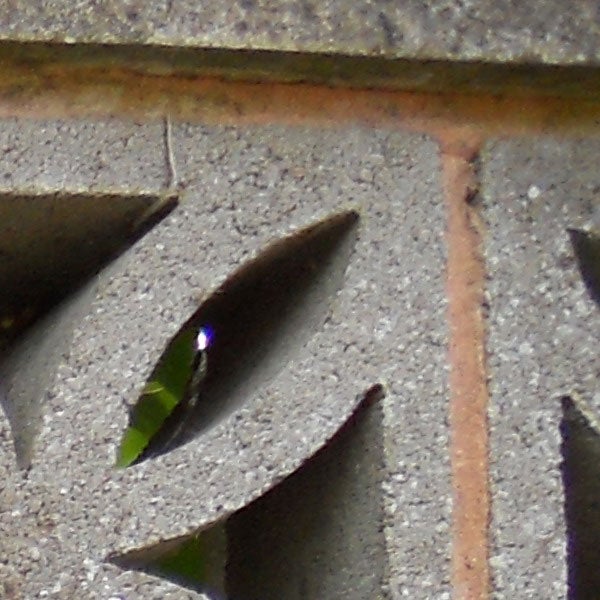
No corner blurring, but there is a hint of chromatic aberration.
—-
”Here are some general test shots to help evaluate the camera’s overall image quality, including dynamic range, colour rendition and the zoom range of the lens. Some pictures may be clicked to download the full size original image. ”
—-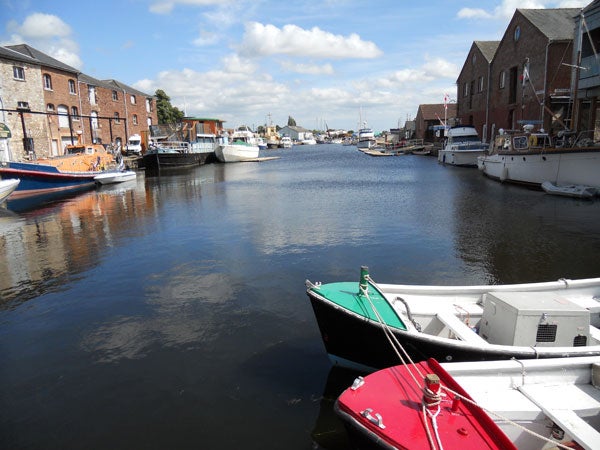
The wide angle end is equivalent to 27mm.
—-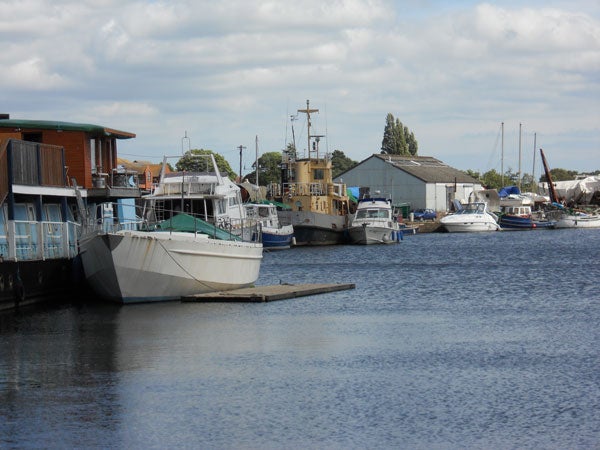
The telephoto end is equivalent to 108mm.
—-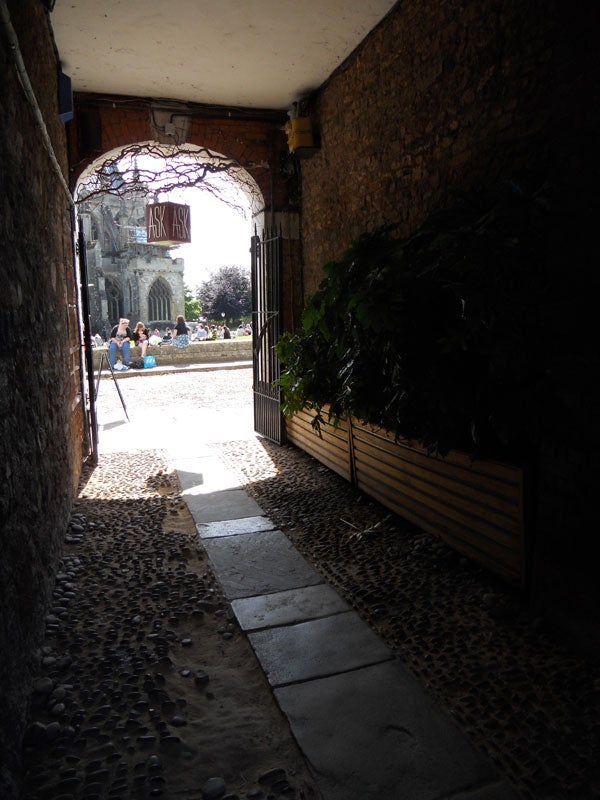
There’s no contrast booster for the S3000, and dynamic range is very limited.
—-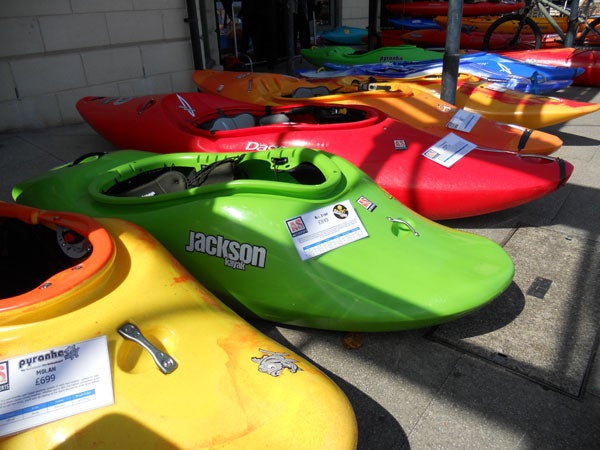
Colour rendition is very natural, possibly a bit under-saturated.
—-
Trusted Score
Score in detail
-
Value 8
-
Image Quality 7
-
Build Quality 8
Features
| Camera type | Ultra Compact |
| Megapixels (Megapixel) | 12 Megapixel |
| Optical Zoom (Times) | 4x |
| Image Sensor | 1/2.3-inch CCD |
| Optical focal length | 4.9 - 19.6mm |
| Shutter speed | 4 secs to 1/2000 |
| Auto focus | Auto, Center, Face Priority, Manual Selection |
| Manual focus | No |
| Max output resolution | 4000x3000 |
| Other resolutions | 3968x2232, 3264x2448, 2592x1044, 2048x1536, 1024x768, 640x480 |
| Exposure control | Program auto, 16 scene modes |
| Exposure metering | Matrix |
| Exposure compensation | + 2EV in 1/3 EV steps |
| Image Stabilisation | Electronic VR, blur detection |
| ISO settings | Auto, 80 - 3200 |
| LCD Monitor | 2.7-inch, 230k dots |
| Viewfinder | N/A |
| Flash range | 0.3 to 5.5m (wide), 0.5-2.2m (tele) (approx, ISO auto) |
| Flash modes | Auto, Red-eye reduction, Night Portrait, Off |
| White balance modes | Auto, Daylight, Cloudy, Tungsten, Fluorescent, Custom |
| Image formats | JPEG, EXIF 2.2, WAV, AVI |
| Picture adjustments | Standard, Vivid, Monochrome, Sepia, Cyanotype |
| Video (max res/format) | 640x480 at 30fps |
| Movie length | Card capacity/ 25 mins |
| Self timer | 10/2 secs |
| Memory card slot | SD, SDHC |
| Supplied memory | 47MB internal |
| Batteries supplied | 740mAh Li-ion rechargeable |
| Charger supplied | Yes |
| A/V output | PAL, NTSC |
| Charging/Computer Connection | Yes |
| AV Out | Yes |
Physical Specifications
| Dimensions Width (Millimeter) | 94.3mm |
| Depth (Millimeter) | 55.9mm |
| Weight (body only) (Kilogram) | 116g including battery and memory cardkg |

